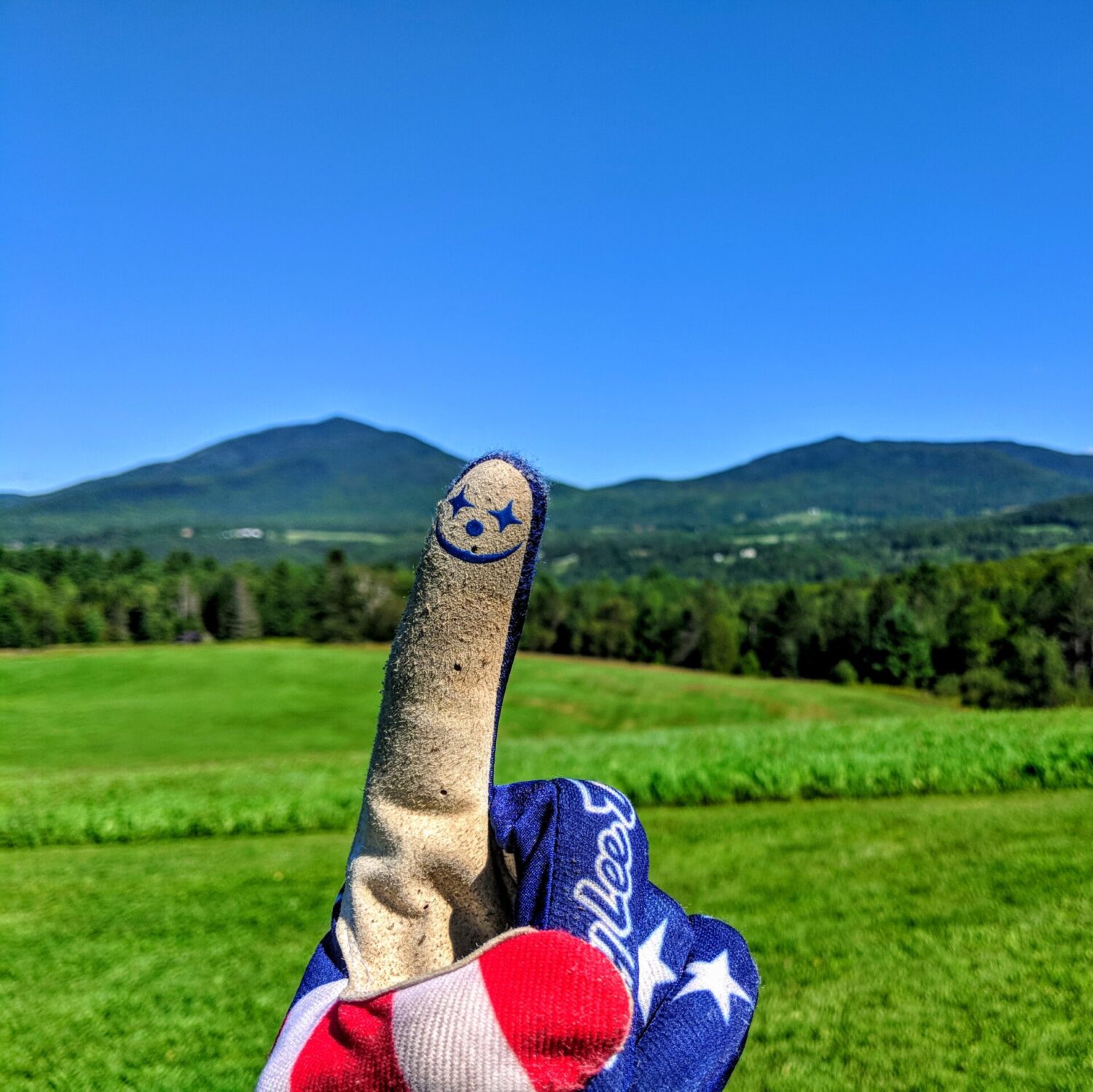Nicholas Kristoff:
After taking office, Trump ramped up pressure on Yemen. He slashed humanitarian aid worldwide, with Yemen particularly hard hit. I last visited Yemen in 2018, when some children were already starving to death, and now it’s worse: Half of Yemen’s children under 5 are malnourished — “a statistic that is almost unparalleled across the world,” UNICEF says — yet aid cuts recently forced more than 2,000 nutrition programs to close down, according to Tom Fletcher, the U.N. humanitarian chief. The United States canceled an order for lifesaving peanut paste that was meant to keep 500,000 Yemeni children alive.
Girls will be particularly likely to die, because Yemeni culture favors boys. I once interviewed a girl, Nujood Ali, who was married against her will at age 10. Aid programs to empower Yemeni girls and reduce child marriage are now being cut off as well.
I suspect that Elon Musk, who boasted of feeding aid programs “into the wood chipper,” would say that we can’t afford to help little girls in Yemen. He’s the world’s richest man, so he may have special insight into the optimal use of $1, the daily cost of a six-week course of peanut paste to save a starving child’s life.
Meanwhile, the real money America is spending in Yemen is on bombs — but Musk’s team of Department of Government Efficiency cost-cutters appeared oblivious to that expense. While the United States saved modest sums by allowing little girls to starve, it escalated the Biden bombing campaign in Yemen, striking targets almost every day. The first month alone of Trump’s bombing campaign cost more than $1 billion in weapons and munitions. […]
…Yemen never presented us with good options. But in our unusually poor choices I see a cautionary tale of the cost of bumbling foreign policy, for this has been the result: starvation, dying girls and boys, weakened American security and a triumph for our adversaries, all at a cost of $7 billion in our taxes. Now, that’s a scandal.
Still: not for me. Too few people have bothered to ask the question that Wendell Berry asked over a quarter-century ago:
How many deaths of other people’s children by bombing or starvation are we willing to accept in order that we may be free, affluent, and (supposedly) at peace? To that question I answer: None. Please, no children. Don’t kill any children for my benefit.
